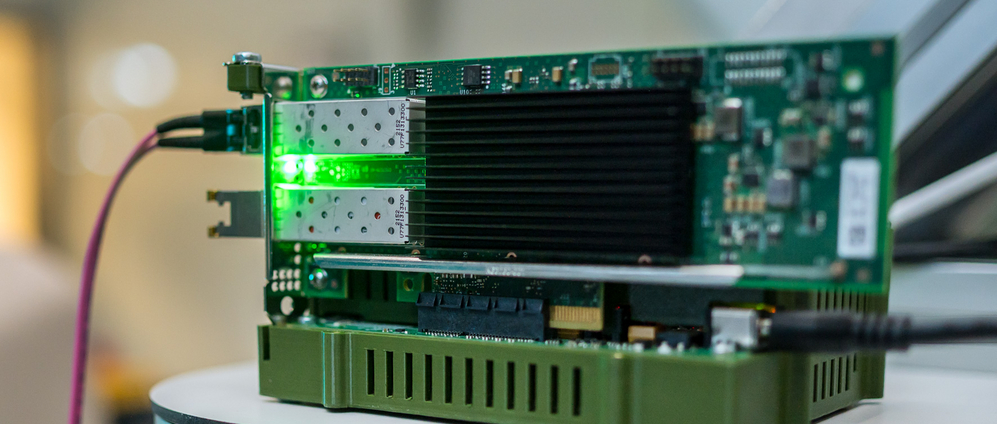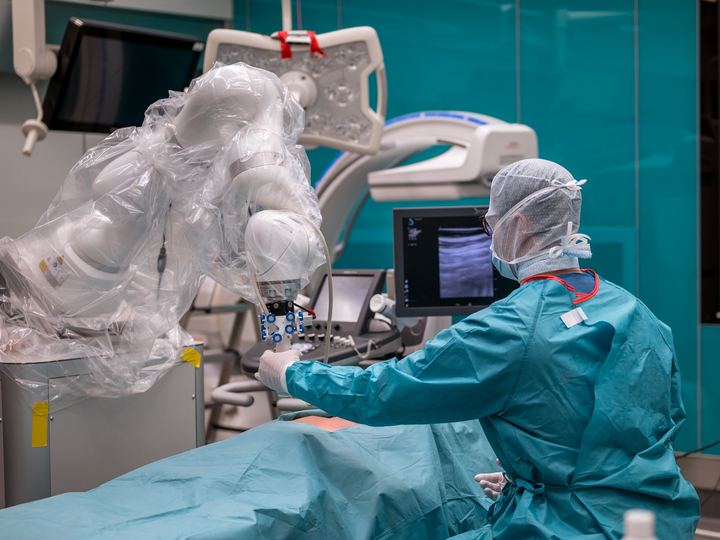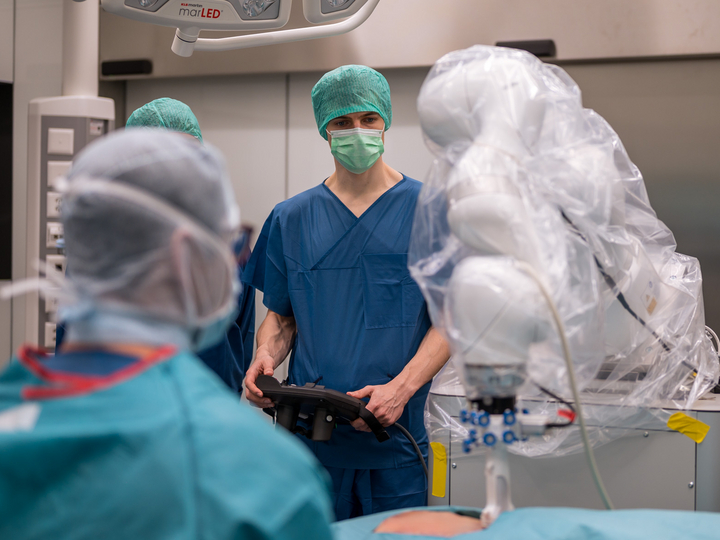The project set out to enable the generation and sharing of large-scale, multimodal surgical datasets, aligned with the principles of Open Science. This included the development of a hardware and software solution for synchronised real-time data capture across diverse surgical technologies, as well as a framework for structuring and standardising the collected data. In addition, a public cloud platform was created to provide access to curated datasets, following the FAIR principles: findable, accessible, interoperable and reusable.
To achieve this, the project relied on the research infrastructure of OR-X, which enabled the integration of technologies such as surgical robotics, augmented reality and artificial intelligence under realistic, but non-clinical conditions. OR-X combined a fully equipped surgical environment with the flexibility to connect experimental devices, synchronise data flows and conduct controlled studies with high reproducibility. This setting allowed the team to develop and test technical solutions that would not have been feasible within the constraints of actual operating rooms.
Beyond the technical setup, the implementation phase also involved iterative validation cycles with external experts from clinical and academic fields. These consultations ensured that the systems developed were not only technologically sound but also relevant and practical for end users in surgical research. By involving stakeholders throughout, the project was able to align its outputs more closely with actual research needs.




